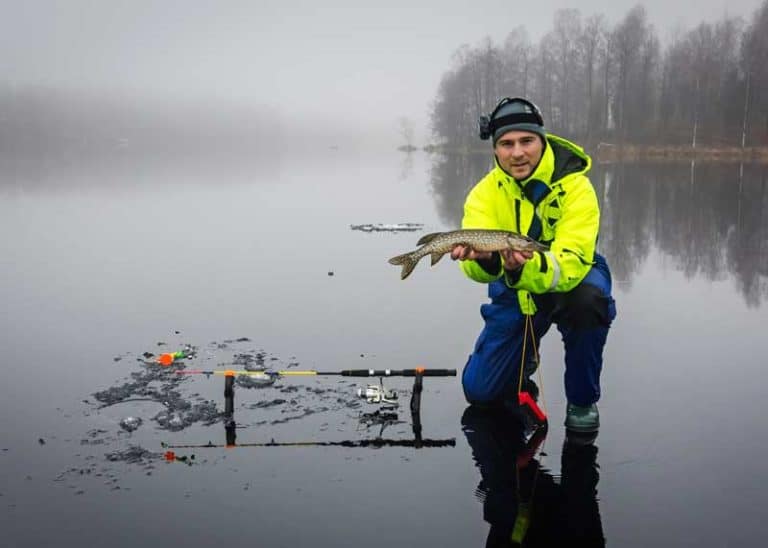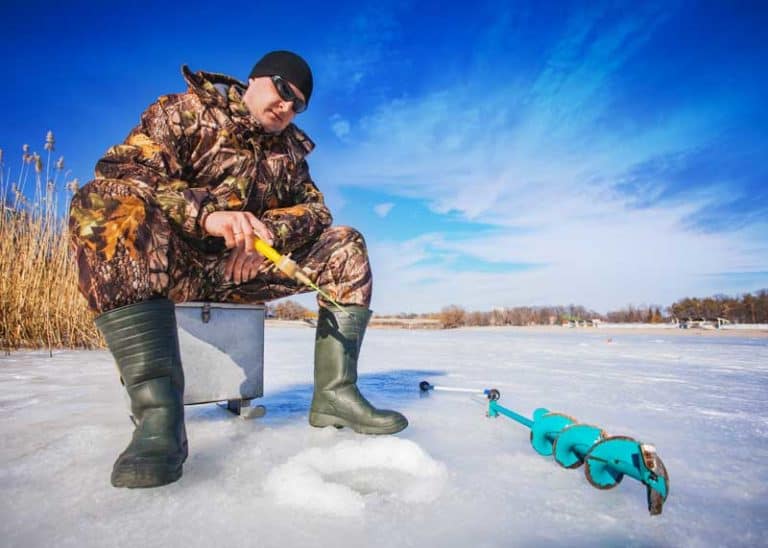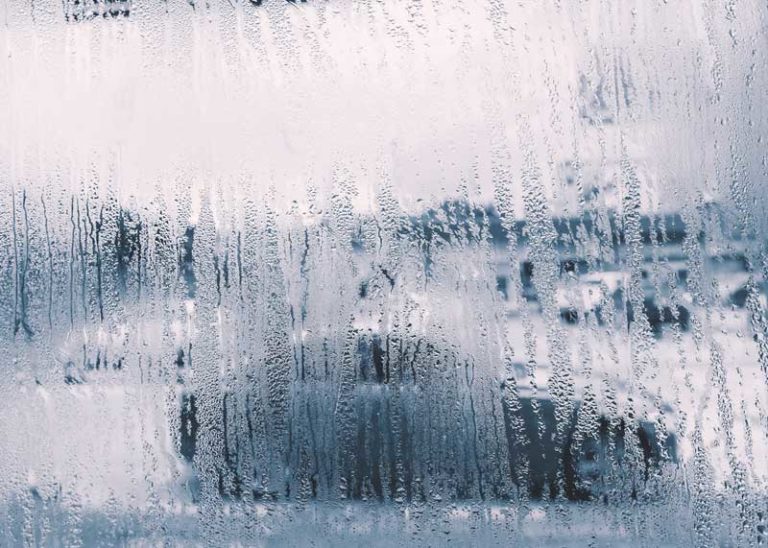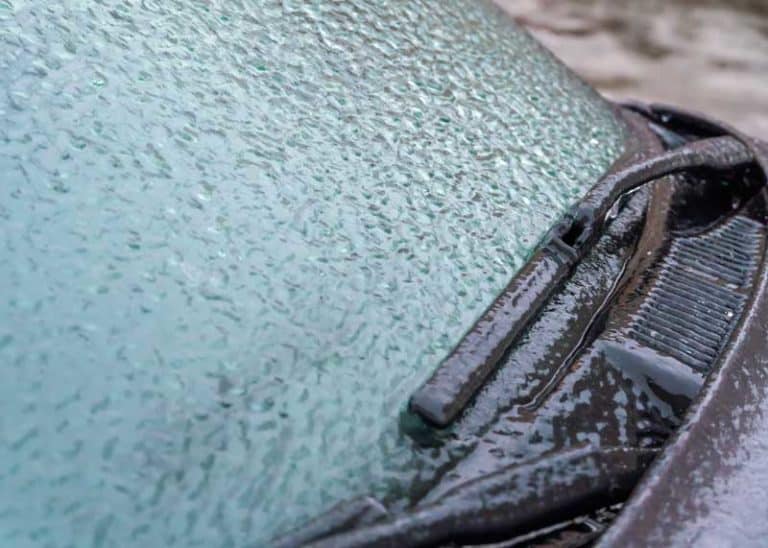14 Winter RV Camping Tips (Guide to Beat Cold Weather)
One benefit of RVs is that you can use them any time of year to travel to almost any destination. However, one thing to keep in mind is you and your passengers’ safety in an RV if you plan on camping or driving during harsher winter months.
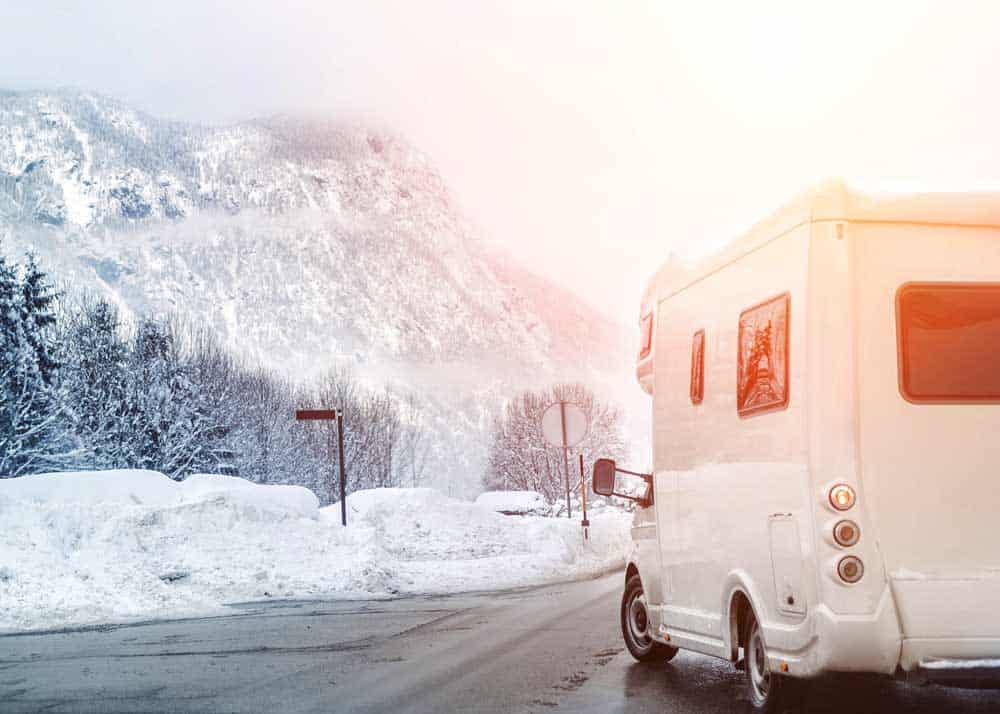
RV camping is a very popular activity during the summer months, but why should the fun end there?
If you’re interested in taking your RV on a trip during the winter, follow these 14 tips to stay warm and dry, and have a great time!
1. Check your RV insulation
Most RVs have some kind of insulation within the walls of the camper, but there are many other ways to further weatherproof your RV and maximize heat efficiency.
Four Ways to Improve RV Insulation
Here are four ways to immediately make your winter RV camping warmer (and more efficient).
- Windows are one of the places where the cold will easily seep into your RV: Solve this problem by sealing windows with shrink wrap or bubble wrap.
- Hanging curtains inside the windows will also help to keep the cold out.
- Check the weather stripping around windows and the door as well, and be sure to replace it in any areas where it has come loose or broken.
- Even though your camper’s walls are likely insulated with fiberglass insulation, spray foam is an effective way to protect the walls further as needed, especially if your camper’s walls have any leaks.
2. Lay down some rugs
This might seem like a small one, but if your RV has tile or vinyl flooring, some carpet or a large area rug can make a big difference in keeping the cold out and keeping you cozy inside.
Warm feet make a difference!
And even if your RV is already carpeted, a large throw mat can be nice when you are tracking in wet snow and mud.
3. Don’t let the pipes freeze
It’s imperative to protect your RV’s plumbing in the winter months when pipes can so easily freeze and burst.
Five Tips to Avoid Frozen Pipes
There are several ways to help prevent this.
- Heat tape can be purchased to wrap around water pipes and lines.
- Wrap water lines in insulating foam tubes to prevent freezing.
- Bringing a blow drier along is also a great idea in case a pipe does need to be thawed.
- Adding just a bit of antifreeze to the holding tank is also helpful. This can be done only in the grey and black water holding tanks. And be sure to use non-toxic RV antifreeze like this. Don’t add this to your freshwater tank.
- Opening the doors of cabinets and interior cupboards within the RV will allow the warm air from the inside of your camper to more readily reach your pipes, keeping them above freezing temperatures.
If your pipes freeze, here’s how to thaw frozen RV pipes.
4. Check your RV’s furnace
Your RV is likely equipped with a furnace already. Of course, you’ll want to test it and make sure it’s in working order before you take off for the trip. It’s also essential to plan for how you will power the furnace during your stay.
In addition to the propane it will use, an RV furnace will require a significant amount of power to operate—at least seven amps of 12V power.
Check ahead with campsites to make sure electrical hookups will be offered, or make sure you have sufficient battery supply to meet your power needs.
Learn more about how to heat your camper without electricity.
5. Bring alternate heating methods
While your furnace should be able to do an excellent job of heating your camper, alternate heating methods can be a great addition, as well as a backup if something should happen to your furnace during your trip.
There are a few options when it comes to secondary heaters: catalytic heaters, electrical heaters, and portable heaters. Here are some that we recommend for heating tents but work equally well for RVs.
A catalytic heater such as this one is a slightly safer option than other types of space heaters as it does not use an open flame, and it runs on propane rather than depleting your energy supply.
However, since the propane reaction consumes oxygen, you will need to be especially careful to ensure you are running the heater in a well-ventilated RV.
Learn more about propane in the winter. Can Propane Freeze?
6. Cover the vents
To keep your RV ventilated, you’ll need to keep the camper’s air vents open—especially if you are running space heaters.
To keep out the snow and cold, insulate vents and skylights with custom-cut blocks of Styrofoam, or with rubber or vinyl vent covers.
7. Give your RV engine extra maintenance
If your engine dies while you’re on your trip, it’s going to throw a big wrench in your plans.
According to RV Geeks, an engine block heater engine block heater is an excellent investment to ensure that your engine doesn’t freeze, especially if you will be in areas of extreme cold.
8. Double-check safety devices
Again, when running space heaters and adding extra insulation and covers inside your camper, carbon monoxide and fire risks are up slightly.
Make sure to put new batteries in and test your camper’s fire alarm, carbon monoxide detector, and any other safety devices before you go.
9. Do your research
Before you make the long drive out to your dream destination in the heart of winter, make sure the parks, campsites, and other places you plan to visit are open during the winter months!
Find places to stay each night of your trip in advance, to make sure you will always have a place to stay, along with any necessary amenities and electrical hookups.
10. Check the forecast
Another aspect of your trip you should try to be in the know about is the weather forecast. Will it snow? How cold will it get at night? What will driving conditions be like?
While you should prepare for things to change, getting a general idea in advance will help you know what to prepare and pack for—and may also let you know if the dates you were planning on traveling will not be a safe or feasible time to take a trip.
More reading: How to Stop RV Windows from Fogging Up
11. Pick the right campsite
As you plan your trip and when you arrive, make sure you are planning your campsite and pitching your camp realistically, in light of potential winter weather.
If the campground or park has dirt or gravel roads, make sure you end up in a place you will be able to leave safely, even if the area sustains heavy wind, rain, or snow.
To regulate the temperature inside your RV, look for a spot that is sheltered from the wind—and one that gets some sunshine!
12. Keep a full tank of gas
Winter weather can be unpredictable. Roads and routes can be unpredictable. When traveling in an RV in the winter, try to never let your gas tank get too low.
You don’t want to end up stranded if you need to take a long detour, or stall for a while and wait out a storm.
13. Bring an extra tarp
While most of these tips should do the trick, you might want to have an extra tarp to wrap around your RV. While it will reduce visibility it will also help
However, make sure to place the tarp in a way that still allows for plenty of ventilation. And don’t keep it wrapped too long while you’re still in it – otherwise, you could have moisture and air quality issues.
More reading: How to winterize a camper to live in
14. Pack lots of warm things
Make sure to pack plenty of clothes, gear, and sleeping gear to stay dry and warm throughout your trip. Snow boots, gloves, goggles, tire chains, flashlights and lanterns, and warm and insulated clothes will all help you to do outdoor work and hiking.
Extra of everything—propane, food and water, bedding—will help give you peace of mind and prepare you for if things don’t go as planned. Insulated sleeping bags such as a mummy bag will keep you warm and safe at night.
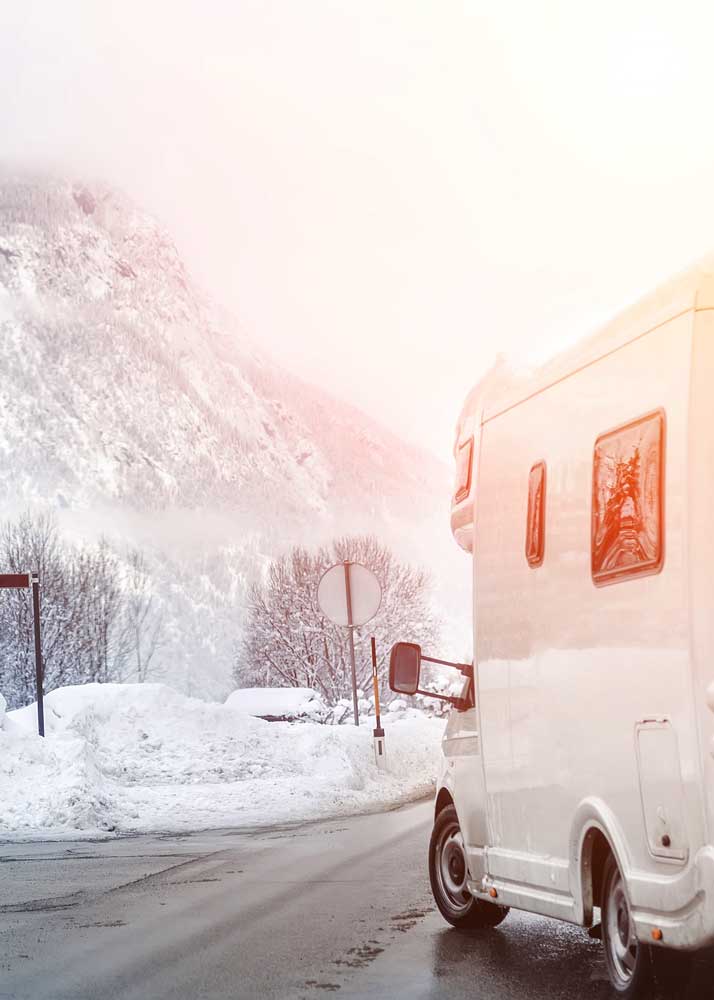
More reading: How to Get Ice off Windshield (8 Fast and Safe Methods)
Staying Toasty in Your RV
With the right preparation, camping with an RV in the winter is nothing to worry about and can be quite a comfortable and lovely experience.
Of course, winter weather is unpredictable, and so, as much as you might plan and prepare, it’s also crucial to stay flexible as you take your trip. No matter what happens, RV camping in the winter is bound to be an adventure.

